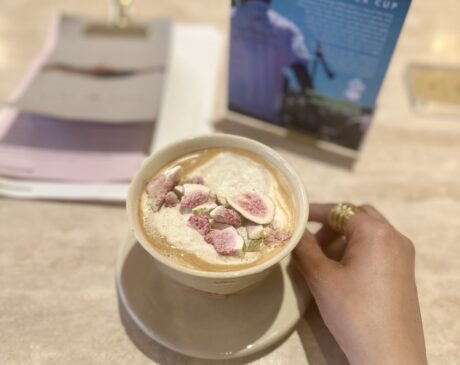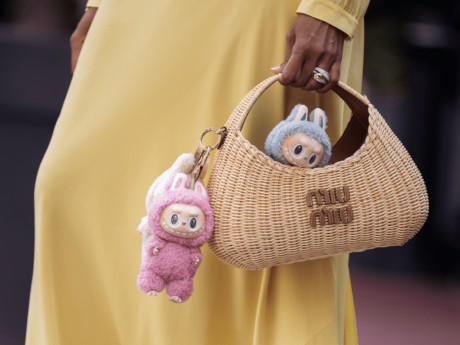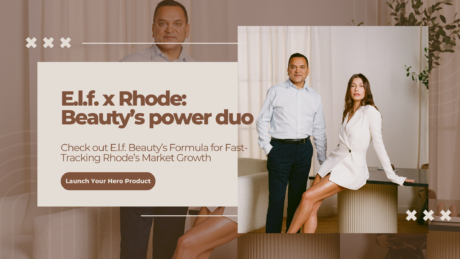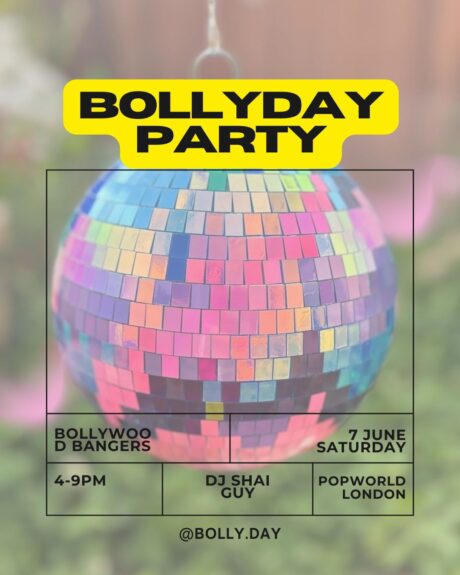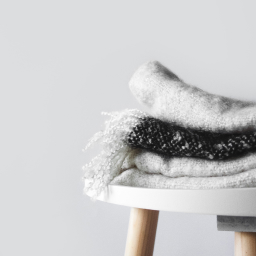Why CLAP HOUSE Ibiza Is More Than a Retreat – It’s a New Business Model
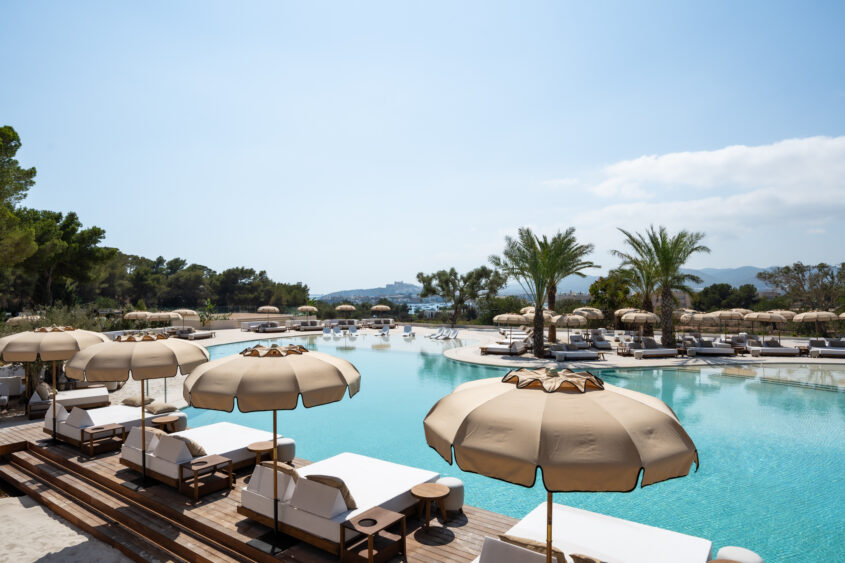
Hola Sugarcups,
It’s a Tuesday morning, and I’m knee-deep in two very different worlds. One minute I’m adjusting Zara store layouts to align with this year’s Spring brief; clean lines and a sell-through in mind. The next, I’m toggling into consultancy mode, delivering a deck for a luxury fashion client who’s wondering if they should pivot into wellness, launch a scent, or start a ski-resort in Courchevel. (Spoiler: they want to do all three, and yesterday.)
Welcome to my hybrid life; one part creative, one part analyst, 100% deadline-driven. Add in back-to-back calls, last-minute amends, budget realignments, and the occasional brand activation emergency; and by Q2, let’s just say the mental bandwidth is low. Like, “Do Not Disturb” on Teams and WhatsApp.
So when I heard about CLAP HOUSE Ibiza, I did a double-take. Not because I hadn’t seen a luxury wellness destination before. We’ve all heard of SHA Wellness, Six Senses, or Soho Farmhouse kinds. But CLAP HOUSE wasn’t selling a retreat. It was selling a movement! One of a kind that fused biohacking, holistic lifestyle, gastronomic theatre, and smart health into one unapologetically sexy and scalable package. A full-funnel wellness immersion. I immediately flagged this as something more than marketing fluff. This is the next-gen blueprint for lifestyle business in Europe.
The CLAP House Ibiza is a 16,000-square-metre lifestyle ecosystem engineered with precision. Powered by AlphaMind(a hospitality powerhouse) and SEVEN Wellness Club(aka the Equinox of Dubai with better lighting), it’s the kind of place that makes you feel like your HRV score and your personal brand equity are both about to go through the roof.
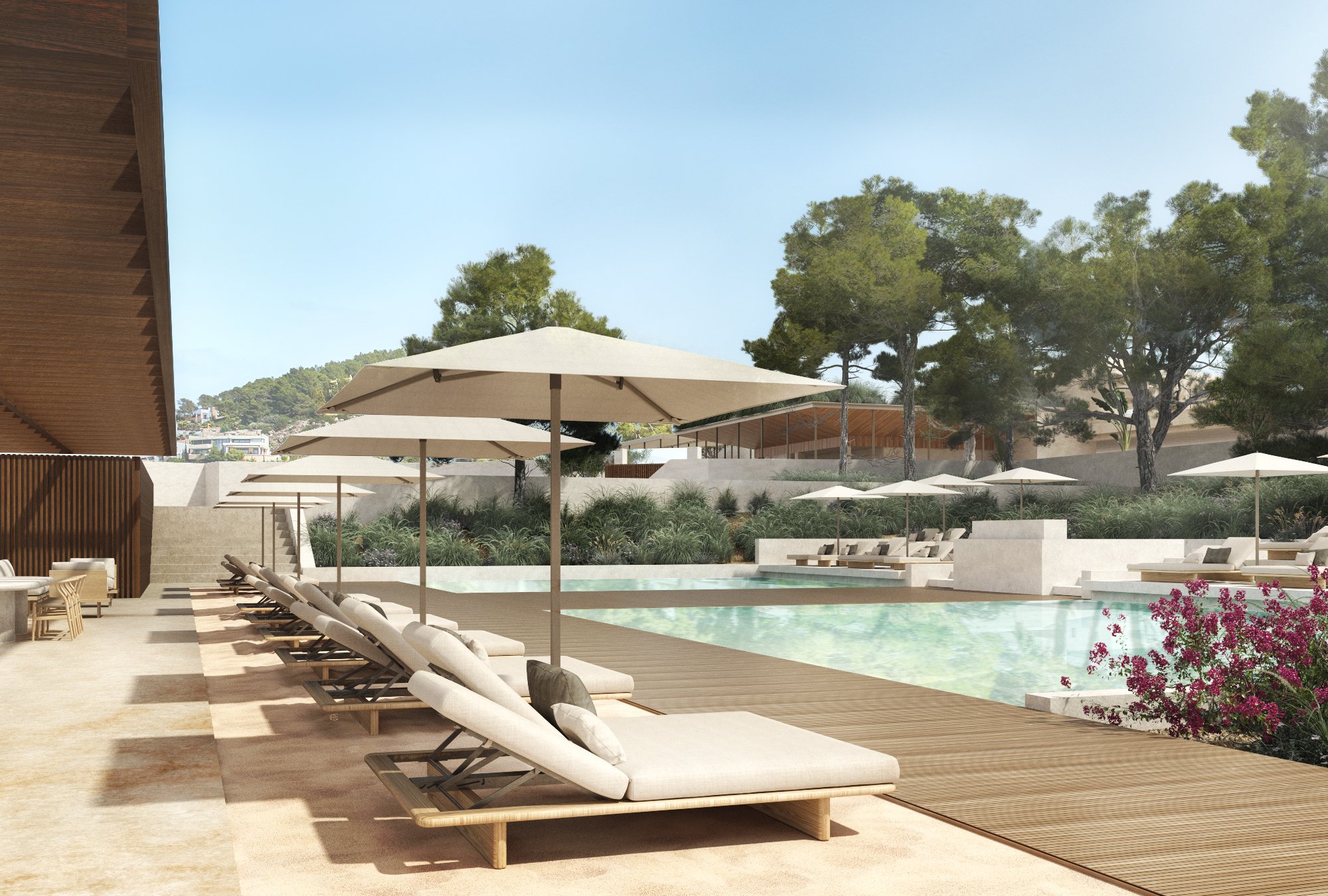
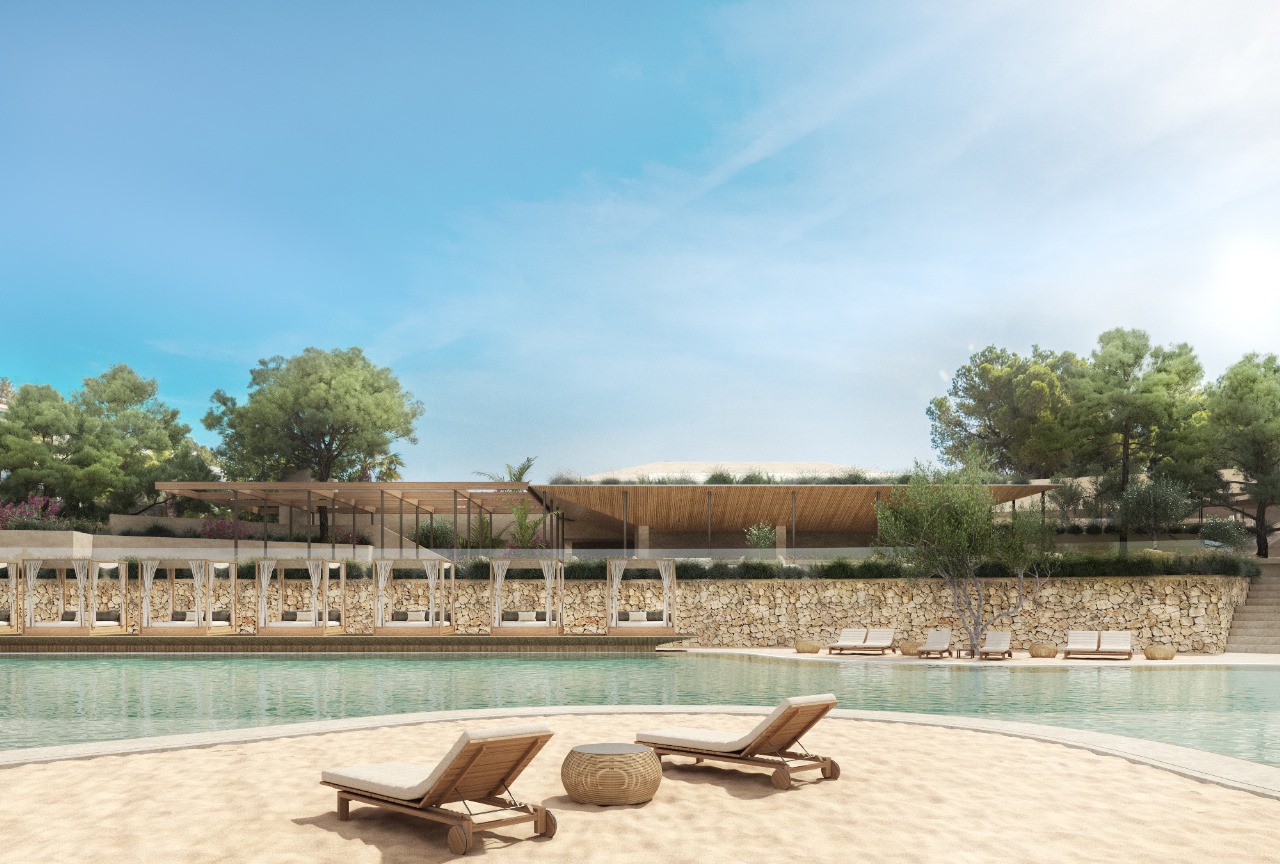
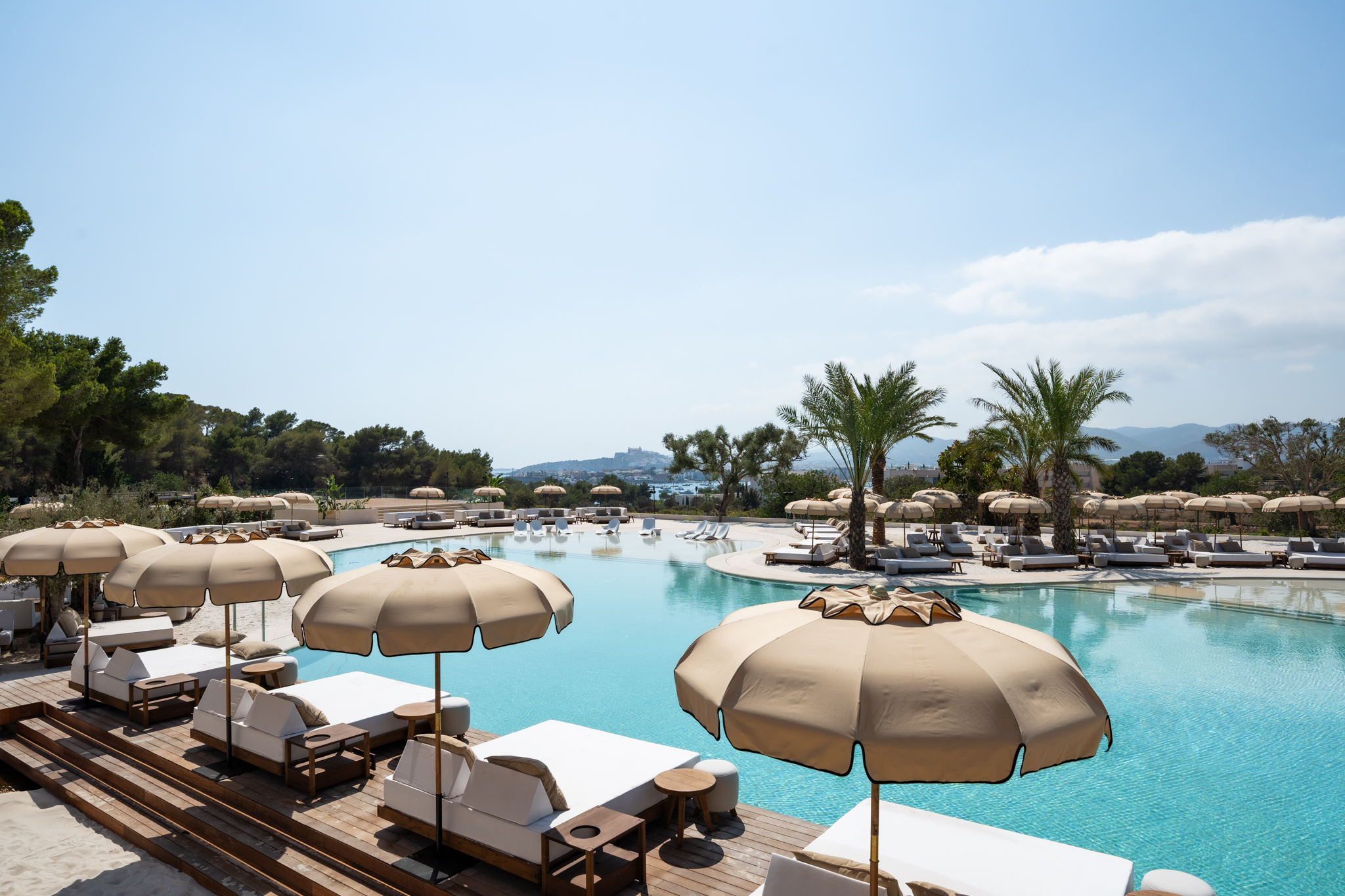
CLAP HOUSE: Where Wellness Meets Gantt Charts
This isn’t just a lifestyle play, it’s a category innovation. A 16,000-square-metre masterclass in how to monetise the midlife identity crisis of millennials and the burnout backlash of Gen Z. CLAP HOUSE Ibiza is built like a case study straight out of INSEAD. It is literally the place optimised for humans who live in Google Calendar.
Pulling out the checklist:
- Biohacking brunch menus that look like Vogue editorials
- Technogym-powered fitness temples that would make David Goggins nod in approval
- Mindfulness sessions that feel less “woo-woo” and more “strategic recalibration”
- A 50-metre pool; also known as the “influencer moat of dreams”
And the food? Designed by Silvena Rowe, the biohacking chef who’s basically what you get if Ottolenghi and a neuroscientist had a wellness baby.
Fun fact: One of her signature dishes reduces inflammation and supports cognitive function while still looking good on Instagram. ROI meets ROI (read: Return on Inflammation and Return on Influence).
Ibiza’s Quiet Pivot: From Party Capital to Wellness Capital
For years, Ibiza was known as the Balearic Bermuda Triangle: you came, you raved, you lost three days and a phone charger. But that’s old news. Now, Ibiza is quietly becoming the “Swiss Alps of Wellness.”
Luxury villas are trading in DJ booths with oxygen chambers. The new sunrise isn’t for afterparties, but it’s for guided breath-work and cold plunges. And, this shift isn’t random, it’s data-backed. Post-pandemic life recalibrated consumer desires from escape to enhancement. The high-earning, time-poor professional wants results, better skin, better sleep, and a better sense of meaning. And that’s exactly what CLAP HOUSE delivers.
10 Business Trends Sparked by CLAP HOUSE (And Why You Should Care)
Alright, let me get into the insights. These are trends ripe for disruption, investment or innovation (depending on what side of the boardroom you’re on):
1. WellTech-Integrated Hospitality
Concept: Hotels and retreats that integrate wearables, biometric tracking, sleep analysis, and AI coaching into the guest experience.
Feasibility: Medium–High. Requires upfront tech investment and partnerships with wearable firms like Oura or Whoop.
SWOT:
- Strength: Proven ROI for high-stress consumers
- Threat: Privacy concerns around health data
- Opportunity: NHS-private crossover packages (e.g. preventive wellness)
2. Mindful Hedonism Experiences
Concept: Sober or semi-sober nightlife where wellness meets socialising — kombucha over cocktails, with integrated mindfulness sessions.
Feasibility: High in major cities (London, Bristol, Brighton). Early adopters already exist (e.g. Club Soda).
Opportunity: Festival scene spin-offs, dry discos, and licensing collabs with bio-spirit brands.
3. Nomadic Membership Models
Concept: Global, flexible access to wellness clubs (like ClassPass, but for high-end retreat networks).
Feasibility: Medium. Needs critical mass of networked locations.
Potential: Think Soho House meets Peloton. Estimated market value? £1.5B by 2030 across EU/UK.
4. Chef-Led Biohacking Kitchens
Concept: Restaurants led by clinical nutritionists and chefs blending science-backed ingredients (adaptogens, nootropics, etc).
Feasibility: High in Shoreditch, Notting Hill, or Edinburgh.
Threat: Food regulation hurdles — UK FSA is strict on novel ingredients.
USP: Make every menu item a prescription for performance.
5. Neurodesign Architecture
Concept: Interior design based on neuroscience to maximise mood, focus, and calm. Think AI-curated lighting, airflow and acoustics.
Feasibility: Medium. Architecture meets neuropsychology.
Potential Partners: Arup, British Design Fund, sensory design startups
6. Wellness-as-Status Branding
Concept: Selling lifestyle not through objects, but through access to optimisation rituals. Think daily cold plunges over Rolexes.
Feasibility: High. Cultural trend.
Example: Brands like Equinox, Lanserhof, and even Lululemon UK are already monetising this. Build personal brands around health supremacy.
7. Algosocial Communities
Concept: AI-curated friend networks built around wellness goals (e.g. nutrition tribes, cold plunge crews).
Feasibility: High for app developers, low capex.
8. Sustainable Fitness Fashion 3.0
Concept: Ethical, smart textile-based athleisure that tracks hydration, posture, or recovery via embedded sensors.
Feasibility: High for D2C brands. Partnerships with textile innovators (e.g. Graphene Labs).
Risk: Fast fashion greenwashing — must be genuinely traceable and circular.
9. Experiential Asset Classes
Concept: Investors funding immersive wellness properties (biohotels, recovery zones, therapeutic Airbnbs).
Feasibility: Medium–High. Requires savvy investors and zoning flexibility.
10. Digital Detox Consulting
Concept: Corporate wellness as a service, including off-grid retreats, anti-burnout bootcamps, and screen-free leadership training.
Feasibility: High. Minimal overhead; big value.
SWOT:
- Strength: Growing B2B need
- Weakness: Subjective ROI unless outcomes are measurable
- Opportunity: Partner with HR and L&D departments
My Closing Take (Metaphorically Speaking)
CLAP HOUSE Ibiza isn’t just a hot new venue, but is a market signal. It tells me what the next generation of consumers really want: not escape, but enhancement. Not indulgence, but intention. The line between leisure and life design has blurred. Wellness isn’t the product anymore, but it’s the platform. And it’s one that UK-based founders, investors, and creative entrepreneurs should be building on. So, to be fair, the bottom line is, if you’re not creating something that improves people’s baseline – their focus, energy, mood, sleep, gut, or glow; you’re missing the macro trend. Because, health is wealth. And if it comes with an omakase tasting menu and a magnesium float pool? That’s just good business.
Until next time,
Love,
Jasmin

